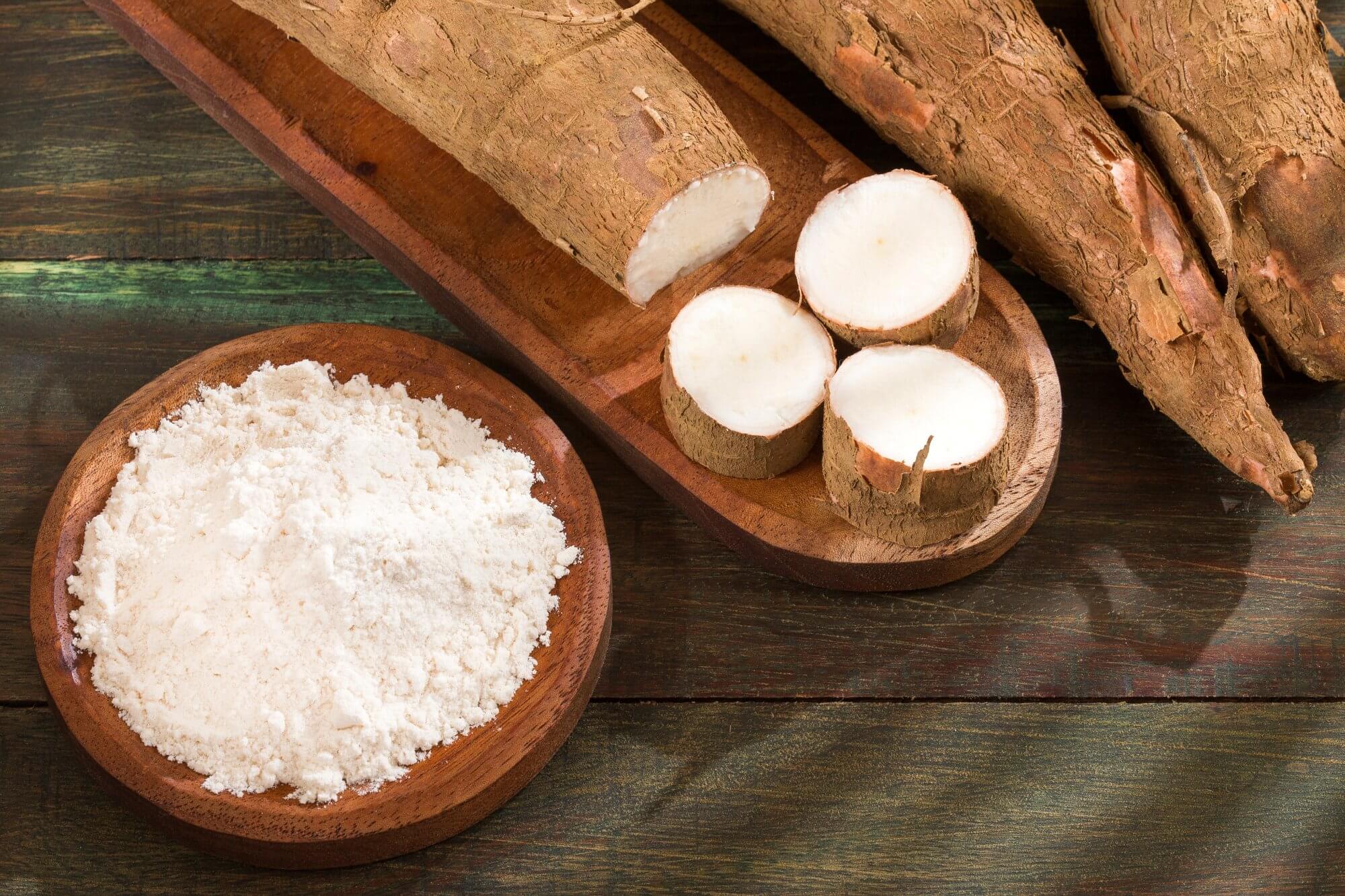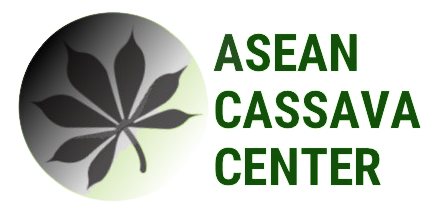China: Cassava Starch Process

Introduction:
This summary provides an overview of the cassava value chain in the Mekong region, focusing on key players such as Thailand and China. It discusses their roles in the global cassava trade, outlines the various stages of the cassava value chain, and highlights opportunities and challenges for improvement.
Cassava Export Dominance:
The Mekong region, particularly Thailand, is a dominant player in the global cassava trade. Thailand is the world's leading exporter of cassava products, supplying 92% of native starch, 95% of cassava chip exports, and 31% of modified starch exports. China, in turn, is the largest importer of cassava products from Thailand, particularly cassava chips.
Cassava Situation in China:
Cassava cultivation in China is a relatively recent development, originating from Latin America and spreading over the past 60 years. It is primarily grown in regions such as Guangxi, Guangdong, Yunnan, and Hainan provinces. Cassava ranks as the 6th most important crop in China and is encouraged as a non-food green resource by the Chinese government.
China plays a significant role in the global cassava trade, being the main buyer of cassava products. In 2015, China imported 9.25 million tons of cassava chips and 1.8 million tons of cassava starch, equivalent to 30 million tons of fresh cassava roots. By 2020, the actual market volume in China reached 20 million tons of cassava chips and 3.5 million tons of cassava starch, equivalent to 64 million tons of fresh cassava roots.
Cassava Research and Development:
China has made substantial investments in cassava research and development. Institutions like CATUS, SIBC, and GSCRI are actively involved in improving cassava varieties, expanding planting areas, and developing specialized products tailored to various industries, including biofuel, food, and biochemistry.
Cassava Chip Production:
Cassava chip production methods vary across regions, from mechanized chopping and solar drying in Thailand to manual peeling, slicing, and solar drying in Africa. China employs a combination of mechanized slicing, natural ventilation drying, and thermal drying.
SWOT Analysis:
- Strengths: The Mekong region benefits from abundant natural resources, improving cultivation technologies, mature processing techniques, a well-established industrialization pattern, and competitive processing enterprises.
- Weaknesses: Challenges include limited cassava variety diversity, low promotion of superior varieties and methods, high dependence on foreign trade for raw materials, and low comprehensive utilization efficiency.
- Opportunities: Opportunities arise from strong government support, increasing demand for oil alternatives, and the completion of the China-ASEAN Free Trade Area.
- Threats: Market competition is intensifying, land demand is increasing greenhouse gas emissions, and the second-generation biofuel industry is expanding.
Conclusion:
The Mekong region, led by Thailand and China, plays a pivotal role in the global cassava trade. While there are challenges and opportunities at every stage of the cassava value chain, collaboration and research efforts are driving improvements. With continued support from governments and the private sector, the Mekong region aims to secure its position as a leading actor in the cassava value chain, contributing to sustainable agricultural practices and economic growth.
